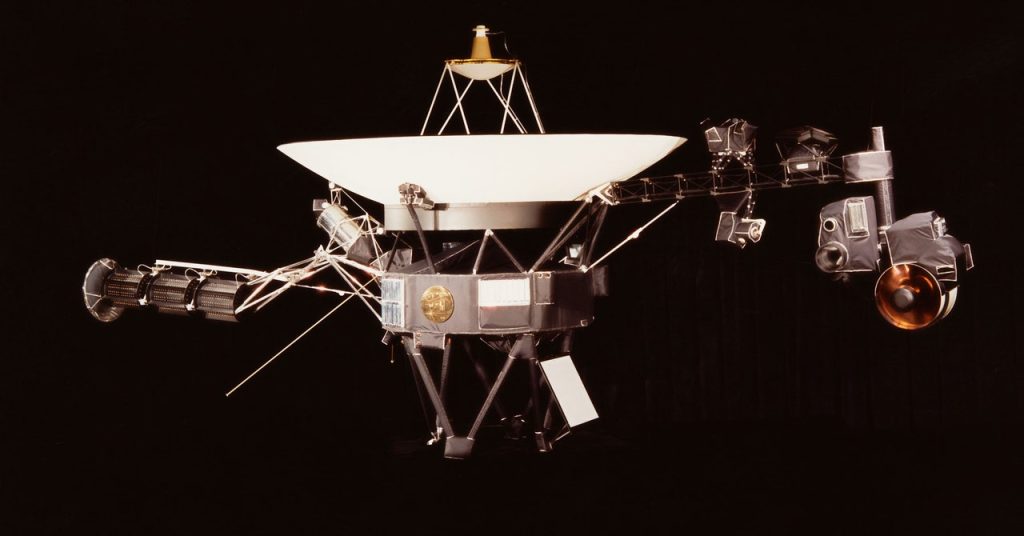Voyager 1’s Interstellar Journey Faces Unexpected Hurdle
As Voyager 1 continues its epic journey into the depths of the universe, a recent computer glitch has left NASA’s dedicated team at the Jet Propulsion Laboratory (JPL) in Southern California with limited insight into the spacecraft’s status. The issue, which arose on November 14, has impacted Voyager 1’s ability to transmit crucial telemetry data, leaving the team without vital information about the probe’s propulsion, power, and control systems.
A Glimmer of Hope Amidst Uncertainty
Suzanne Dodd, Voyager project manager at JPL, remains cautiously optimistic about the situation. In an interview with Ars, she stated:
It would be the biggest miracle if we get it back. We certainly haven’t given up. There are other things we can try. But this is, by far, the most serious since I’ve been project manager.
Dodd, who has been at the helm of NASA’s Voyager mission since 2010, oversees a small team of engineers tasked with guiding humanity’s exploration into interstellar space. Voyager 1, launched in 1977, is currently the most distant spacecraft ever, hurtling away from the sun at an astonishing 38,000 mph (17 kilometers per second).
Voyager 2: A Different Path, A Shared Goal
Voyager 2, which began its journey 16 days before its twin, took a more scenic route through the solar system. While Voyager 1 gained speed during its encounter with Saturn, Voyager 2 made close flybys of Jupiter, Saturn, Uranus, and Neptune. Despite their different trajectories, both probes have now ventured beyond the heliopause, where the sun’s particle flow meets the interstellar medium.
Studying the Cosmos Beyond the Solar System
For the past two decades, Voyager’s instruments have been focused on studying cosmic rays, magnetic fields, and the plasma environment in interstellar space. With no other operational spacecraft currently exploring this uncharted territory, Voyager 1 and 2 remain our sole sources of data from this distant realm. NASA’s New Horizons probe, which made history with its Pluto flyby in 2015, is expected to reach interstellar space in the 2040s.
The Flight Data Subsystem: A Crucial Component
The current issue with Voyager 1 stems from its Flight Data Subsystem (FDS), one of three onboard computers working in tandem with a command-and-control central computer and an attitude control and pointing device. The FDS is responsible for collecting and consolidating science and engineering data from the spacecraft’s sensors into a single binary data package for transmission back to Earth.
Since November, the data packages sent by Voyager 1 have exhibited a repetitive pattern of 1s and 0s, suggesting a malfunction. The JPL engineering team suspects that corrupted memory within the FDS is the likely culprit, causing difficulties in “frame syncing” the data. However, without detailed telemetry from Voyager 1, pinpointing the exact location of the memory corruption remains a challenge.
As the team at JPL continues to work tirelessly to diagnose and resolve the issue, Voyager 1 persists in its groundbreaking journey, pushing the boundaries of human exploration and our understanding of the universe.

1 Comment
Voyager 1 is our cosmic time capsule, let’s hope NASA can fix it before it’s too late to unlock the mysteries of the universe!